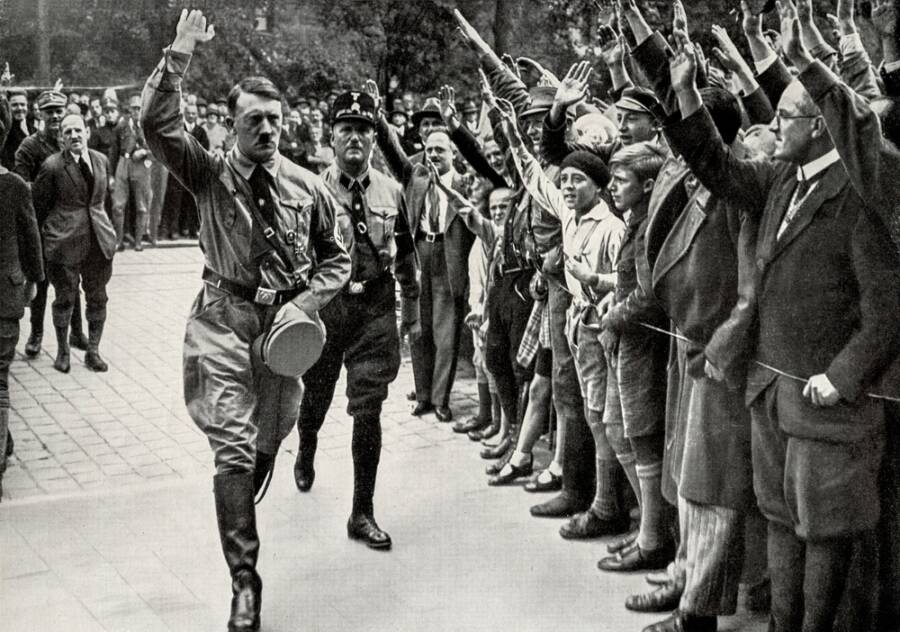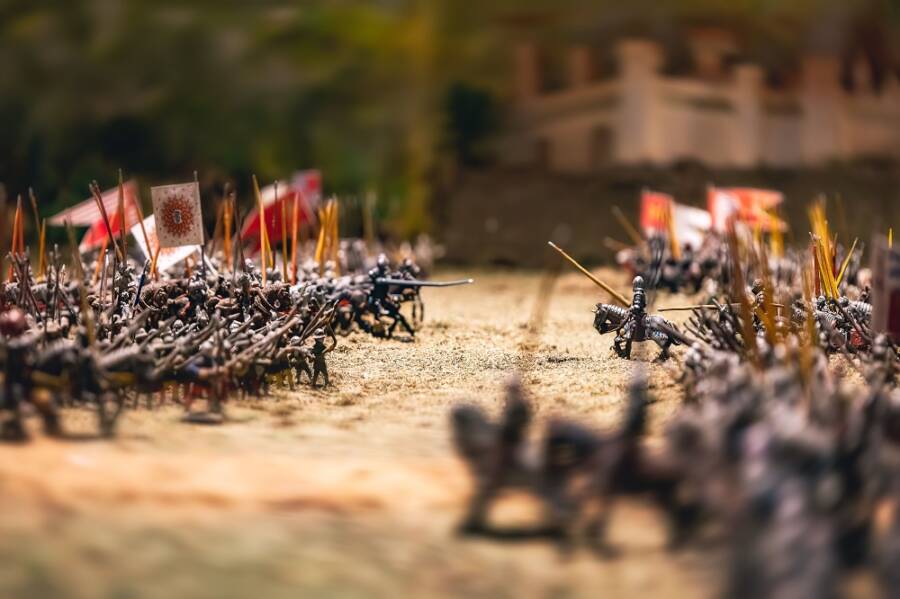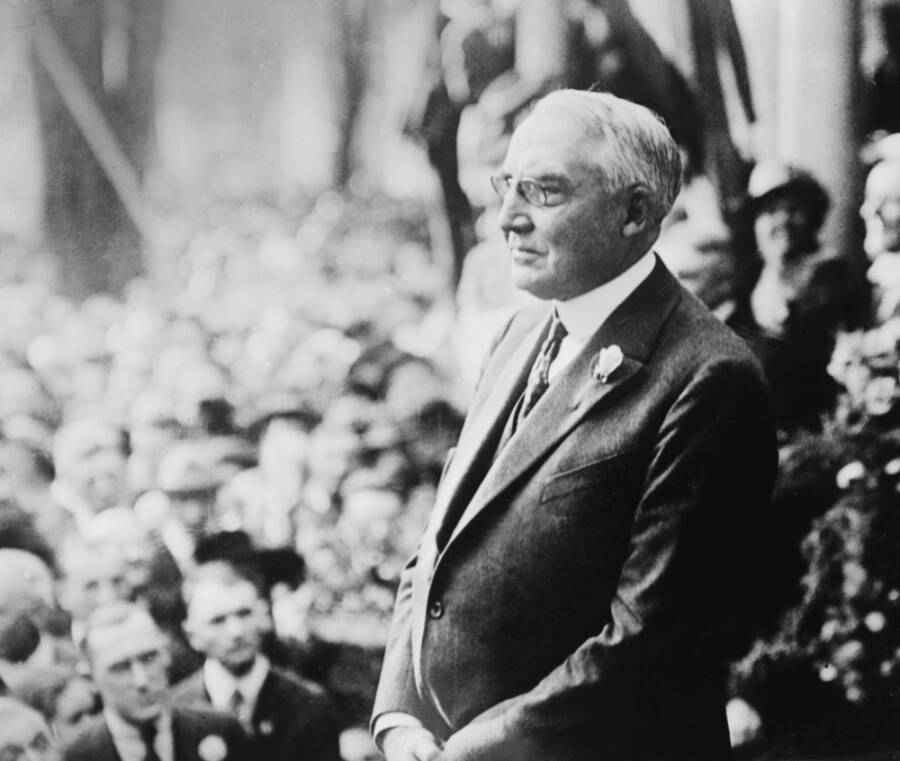These are all the failed attempts on Hitler’s life. He was really…lucky!
Adolf Hitler had huge support from most members of the Nazi party before and during WWII, but surprisingly (or not), there were still plenty of people who wanted to see him dead and gone. Now comes the question: what would most people do if they had access to a time machine? Most probably try to take Hitler’s life and avoid WWII as much as possible. But wouldn’t that be wrong and completely change the entire course of history? Definitely so.
However, there were a couple of failed attempts on Hitler’s life, raging from a grenade snuck into someone’s pocket modeling uniforms for him and an attempt from his officers. Quite crazy!
Now that I stirred the pot enough to make you curious, let’s see all the events that, instead of killing him, led to an even more evil Fuhrer until the day when he committed suicide.

The Munich Beer Hall Melee
This was one of the first and failed attempts on Hitler’s life, and it happened 20 years before WWII started. Although Hitler was still a relatively unknown figure inside the Nazi party, he wanted to give a speech in November 1921 at Munich’s renowned Hofbräuhaus beer hall. In addition to the newly established Nazi Party, the gathering featured several social Democrats, communists, and other political adversaries. Hitler’s stinging speech quickly sent them all into a frenzy.
After a drunken altercation broke out, several anonymous attackers pulled out firearms. They fired multiple bullets in the direction of the speaker’s platform while fists, beer steins, and chairs were flying. Hitler, though, escaped unharmed, and he even carried on screaming until help arrived for another twenty minutes.
The future dictator’s near-death experience strengthened his enthusiasm for the Nazi purpose. Two years later, the historic “Beer Hall Putsch,” a failed coup that brought Hitler national prominence and a lengthy prison term, would begin at the neighboring Bürgerbräukeller.
Hotel Kaiserhof, Berlin
Then, in 1932, something odd happened right after Hitler attended a dinner party. After dining at the Hotel Kaiserhof in Berlin, he became sick at the same time as some of his staff members. The cause of it? Well, poison. Nobody had any suspicions that they were poisoned.
It’s odd that thanks to his vegetarian diet, Hitler was the one least afflicted by the poisoning. If this isn’t luck, I don’t know what else was.
Of course, this wasn’t the only time when someone thought of poisoning him. Hitler, no less, received a poisoned letter from France at the beginning of February of the same year. This was the belief of German politician and Bavarian State Parliament member Ludwig Assner, whose effort to depose the soon-to-be Nazi leader had recently been stopped by one of his friends.
Once more, Hitler’s life was spared when a close associate of Assner’s informed him about his poisoning scheme and enabled the letter to be received.
Beppo Romer wanted revenge for the Night of Long Knives
A guy by the name of Beppo Romer publicly said in 1934 that he intended to kill Hitler in revenge for the Night of Long Knives. Romer was reported to the Gestapo and arrested before any attempts were made on the life of the newly installed dictator; therefore, he was never able to carry out his intentions to make Hitler face revenge for these crimes. Romer was kept in one of the safest concentration camps, Dachau.
Maurice Bavaud’s Plot
A Swiss theology student called Maurice Bavaud started pursuing Hitler across Germany in late 1938 after buying a weapon. Bavaud believed it was his holy duty to shoot the so-called “Führer” because he was a menace to the Catholic Church and an “incarnation of Satan.”
The day of November 9, 1938, came, and Hitler and other Nazi officials marched through Munich to commemorate the anniversary of the Beer Hall Putsch. Satisfied, Bavaud waited for Hitler to get close from a grandstand along the procession path. His weapon was nestled in his pocket, but before he could pull the trigger and fire, the swaying, swastika-clad mob lifted their arms in a Nazi salute, obstructing his field of vision.
Reluctantly abandoning his search, Bavaud was apprehended as he attempted to board a train and escape Germany. During questioning, he admitted to conspiring to assassinate Hitler after the Gestapo discovered his rifle and blueprints. He was sentenced to death by guillotine at Berlin’s Plötzensee Prison in May 1941.
Hitler narrowly escaped several assassination attempts during his time as ruler of the Third Reich, and if he hadn’t, history might have unfolded differently. We don’t know how, but even with a time machine, it’s better not to try to rewrite it.
Our article doesn’t cover everything that happened during his time in the Nazi party, so if you want to find more interesting insights about all the failed attempts on Hitler’s life, especially about the Valkyrie, then we strongly recommend checking out this book available on Amazon at the price of $9.99.

Georg Elser’s Beer Hall Bomb
The fourth of the failed attempts on Hitler’s life took place at the Beer Hall Putsch in 1939. If you know a bit about these historical events, then you probably know who Georg Elser was. This man was one of those who strongly resented Hitler and wanted to see him dead because, since the beginning of the Nazi party, he anticipated how bad things would go. And he was right. So in late 1938, he tried to do something about it.
Elser spent months constructing a bomb with a 144-hour timer after learning that Hitler would give a speech at Munich’s Bürgerbräukeller brewery on the anniversary of the Beer Hall Putsch the next year.
Upon finishing his weapon, he relocated to Munich and started breaking into the Bürgerbräukeller discreetly every evening to extract a hollow from a stone pillar situated behind the speaker’s platform. Following several weeks of hard work, Elser was able to implant his explosive. He scheduled its detonation for November 8, 1939, at 9:20 p.m., or about halfway through Hitler’s public speech.
Sounded like a great plan that might actually work, right? But we’re in 2024 now, and we already know how it went. Followed by terrible luck, by 9:07, the Führer had concluded his speech, and by 9:12, he had left the location. Elser’s device detonated eight minutes later, causing a portion of the roof to collapse onto the speaker’s platform. Eight people, but not Hitler, were injured, and some of them were killed.
Georg Elser was held prisoner in one of the concentration camps, and after the empire of the Third Reich collapsed, he was eventually killed by the SS.
The July Plot
In the summer of 1944, not long after the D-Day assaults, a group of irate German officers began plotting to kill Hitler at his Prussian command center, known as “Wolf’s Lair.” Claus von Stauffenberg, a handsome colonel who had lost an eye and one of his hands in battle in North Africa, was the main character of the story. Together with Tresckow, Friedrich Olbricht, and Ludwig Beck, he plotted to assassinate the Führer with a covert bomb before using the German Reserve Army to overthrow the Nazi leadership. The rebels would promptly look for a negotiated agreement with the Allies if their coup succeeded.
But of course, his lucky shining star was there for him again, as he escaped with no injuries while four men died. Some people began rumors that he was immortal, rumors that disappeared gradually because he was rarely seen in public before his suicide in 1945.
Related article: Childhood in Nazi Germany: A Historical Perspective.





